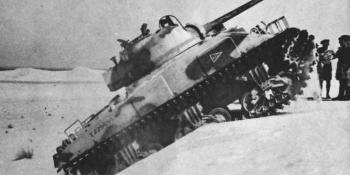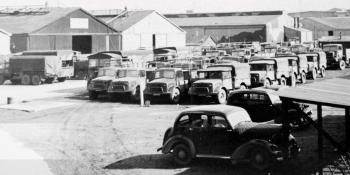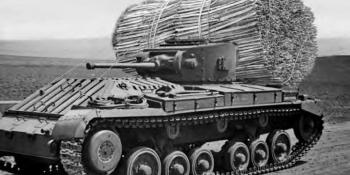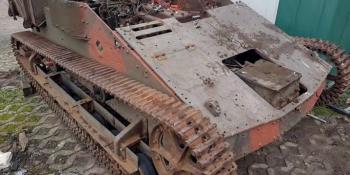Moore’s Manoeuvres
Craig Moore reflects on the important role played by DUKWs in ferrying supplies
For those of us interested in military history, especially World War Two, we’re fortunate that there are so many areas of historical significance related to the conflict. One such spot is the small port of Arromanches-les-Bains in Normandy where the DUKW, also known as the ‘Duck’, played such an important role.
The six-wheeled amphibious truck was used during the war to great effect by the Allies for ferrying goods and personnel over water. Its official designation was Truck, 2 1/2Ton, 6x6, Amphibian (GMC Model DUKW-353). The letter ‘D’ in DUKW means that it was designed in 1942. The letter ‘U’ is an abbreviation for Utility. The code letter ‘K’ means that it has all-wheel drive and the ‘W’ means that it has dual rear axles.
Its unladen weight was 6.5 tons and the DUKW had a maximum land speed of 50mph (80km/h) and up to 5.5 knots on the water. It was powered by a GMC 270 91hp engine. Just over 21,000 were built between 1942 and 1945. DUKWs were used in Europe on the D-Day beaches in Normandy once the areas had been secured and were free from enemy gunfire. They were also used in the Battle of the Sch…




